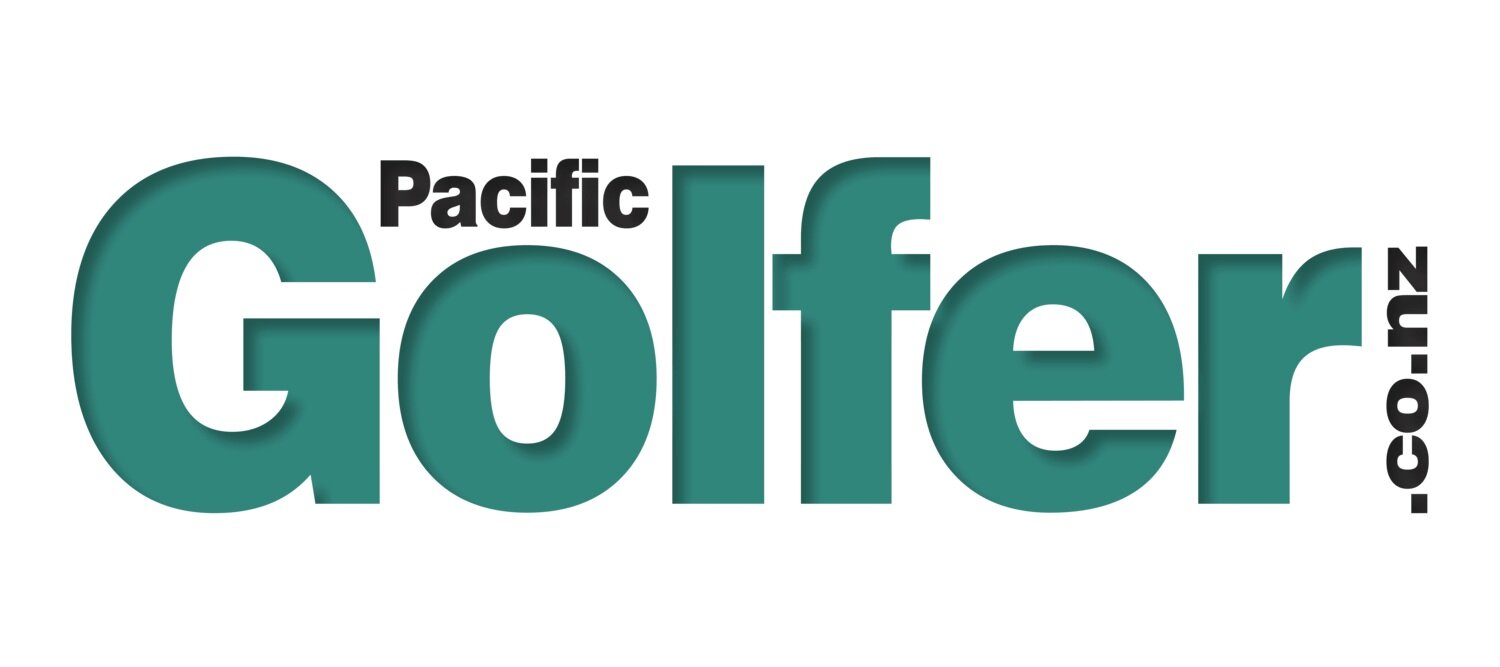Nothing quite like the Ryder Cup
By Duncan Simpson
New Zealand PGA Secretary
It’s been a fantastic year for golf fans, with nine major championships and the reappearance of golf at the Olympic Games.
Now comes, arguably, the icing on the cake with the staging of the 41st Ryder Cup matches at the Hazeltine National Golf Club in Chaska, Minnesota, in the United States.
Whether you are a regular follower of golf or not, there’s no event quite like the Ryder Cup. It creates the thrill of man-to-man combat backed by unbelievable spectator commitment and national fervour.
From humble beginnings in 1927 when seed merchant Sam Ryder donated £100 towards a gold cup to be played for between teams of professional golfers from Great Britain and the USA, it has grown to be at least the equal of any major championship in size and economic impact.
The 2014 event at Gleneagles in Scotland had a budget of £85 million, but the overall economic benefit to the host nation was probably even greater.
Naturally, the PGAs of America and Great Britain and Ireland benefit from the revenue generated, but the majority of this is ploughed back into initiatives for growing the game of golf, such as the PGA Junior Golf League, which is about to be trialled here in New Zealand.
In the end, it boils down to 28 matches contested by two teams of 12 players, playing foursomes and four balls on the first two days, with 12 singles matches on the final day.
Behind the players is an entourage of captains and vice-captains: Davis Love for the USA, supported by Jim Furyk, Steve Stricker, Tiger Woods and Tom Lehman; and Darren Clarke for Europe, with no less than five vice captains: Thomas Bjorn, Padraig Harrington, Paul Lawrie, Ian Poulter and Sam Torrance.
You may well ask why so many are needed for what appears, on the surface, to be a fairly simple matchplay event?
The reasoning is, firstly, that the support team can help the players get psychologically ready for the cauldron of the cup, drawing on their own vast experience and their knowledge of the opposition.
Indeed it could be argued that some of the vice-captains (such as “Mr 58” Jim Furyk) are good enough to make the team in their own right, although none can be used as substitutes.
The second reason is to help the captains get the pairings right, with these having to be decided at short notice between rounds on the first two days, and to determine the “batting order” for Sunday’s singles matches.
A cynic might suggest that this is also a way of spreading the blame if things go wrong, and that it is easy to work out the best partnerships (who are not necessarily the top ranked players, as the disastrous pairing of Phil Mickelson and Tiger Woods at Oakland Hills in the 2004 Ryder Cup demonstrated).
In the end, it will be the captain who finishes up as the hero –- Paul McGinley at Gleneagles in 2014 –- or the man who got it all wrong (Tom Watson at the same event), even if there’s little they can do to influence matters once the players step onto the first tee.
Despite having lost six of the last seven cups, the USA goes to Hazeltine as the favourite.
The course –- a massive 7021m with a course rating of 78 and a slope of 153 -– has clearly been selected to suit their big bombers, but whether this holds up under matchplay conditions is another question.
For New Zealand fans, the Ryder Cup will be great live morning viewing, starting from Saturday, October 1 our time through to the following Monday. Don’t schedule any meetings that morning –- I expect it to go right down to the wire.
